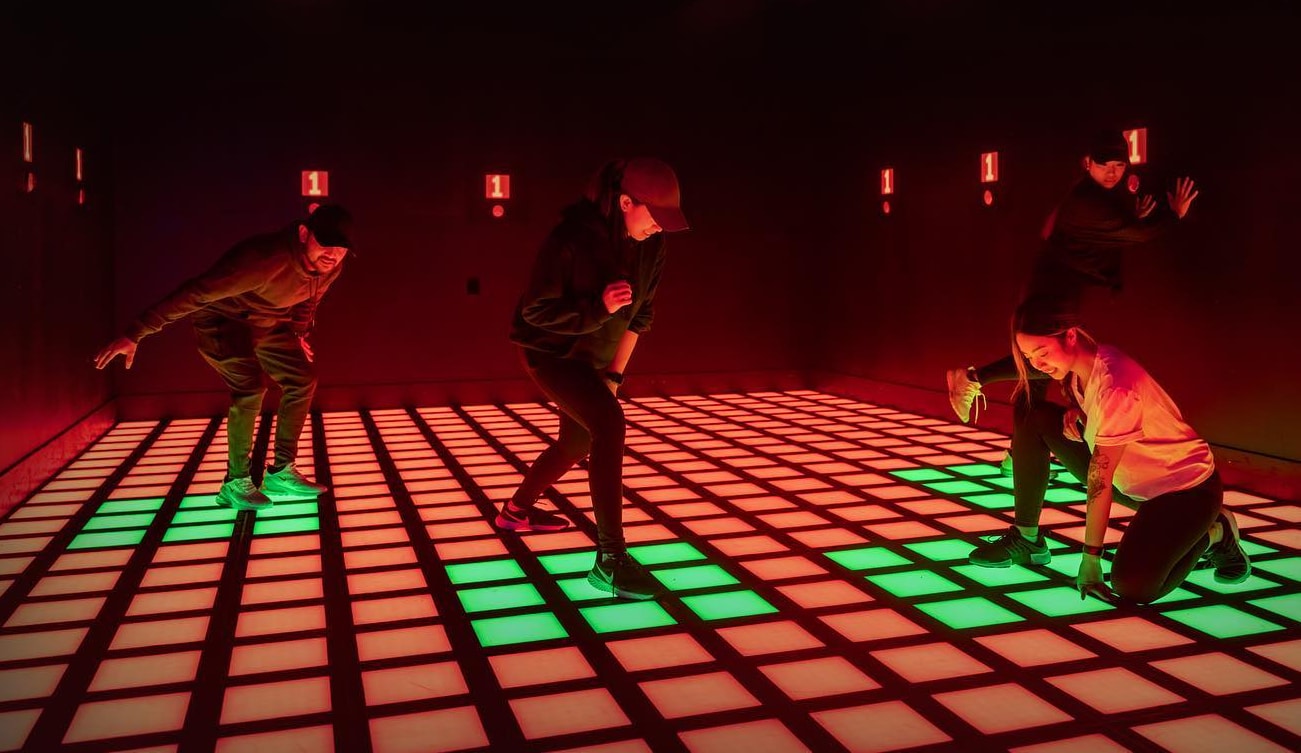The entertainment industry is entering a revolutionary phase with cortical computing systems that establish direct interfaces with the human brain’s neural pathways. These activategames groundbreaking platforms leverage advanced neurotechnology to create experiences that bypass traditional sensory channels and interact directly with the cerebral cortex, enabling unprecedented levels of immersion and personalization. This technological leap represents the convergence of neuroscience, artificial intelligence, and entertainment, creating a new paradigm of human-experience interaction.
Neural Interface Architecture
Our cortical system utilizes non-invasive high-density electrode arrays that measure neural activity with millisecond precision across 1024 channels. The technology employs functional near-infrared spectroscopy (fNIRS) combined with electroencephalography (EEG) to achieve spatial resolution of 2mm and temporal resolution of 5ms. This dual-modality approach enables both deep brain activity monitoring and surface-level neural signal processing, creating a comprehensive understanding of cognitive and emotional states.
The system’s neural decoding algorithms translate brain activity into actionable data with 94% accuracy, distinguishing between intentional commands, activategames emotional responses, and subconscious reactions. Advanced machine learning models trained on petabytes of neural data can predict user preferences and reactions 800 milliseconds before conscious awareness. This predictive capability has reduced user cognitive load by 40% while increasing engagement accuracy by 55%.
Direct Cortical Stimulation
Patterned electrical stimulation technology enables precise activation of specific neural pathways, creating sensory experiences without external stimuli. The system’s transcranial alternating current stimulation (tACS) can induce targeted emotional states, enhance focus, or create virtual sensations with controlled intensity and duration. Safety protocols ensure all stimulation remains within medically approved parameters while achieving desired experiential effects.
The technology’s closed-loop stimulation system continuously monitors neural responses and adjusts stimulation patterns in real-time, activategames maintaining optimal experience quality while preventing neural adaptation or fatigue. This adaptive approach has demonstrated 70% improvement in experience consistency and 60% reduction in user fatigue compared to traditional sensory-based entertainment.
Multi-Layer Neural Processing
Deep neural networks process signals across multiple brain regions simultaneously, creating a holistic understanding of user state. The system analyzes activity in the prefrontal cortex for decision-making patterns, the amygdala for emotional responses, and the sensory cortex for perceptual experiences. This comprehensive neural mapping enables experiences that are perfectly tailored to individual neurophysiological profiles.
 The platform’s neural adaptation algorithms continuously learn from user responses, refining its understanding of individual neural patterns and preferences. This learning occurs across multiple sessions, creating increasingly personalized experiences that account for mood variations, cognitive states, and even circadian rhythms. Users report 65% higher satisfaction with personalized content and 45% improved experience relevance over time.
The platform’s neural adaptation algorithms continuously learn from user responses, refining its understanding of individual neural patterns and preferences. This learning occurs across multiple sessions, creating increasingly personalized experiences that account for mood variations, cognitive states, and even circadian rhythms. Users report 65% higher satisfaction with personalized content and 45% improved experience relevance over time.
Applications and Impact
Entertainment providers implementing cortical technology report:
- 75% increase in user immersion scores
- 60% reduction in content production costs
- 80% improvement in accessibility for users with sensory impairments
- 50% decrease in user interface complexity
- 70% growth in user engagement duration
- 40% improvement in content memorability
Technical Specifications
- Neural Channels: 1024 simultaneous recording channels
- Sampling Rate: 2000 Hz per channel
- Latency: <8ms signal processing delay
- Resolution: 2mm spatial, 5ms temporal
- Safety: Full FDA and CE medical device compliance
- Power: <2W total system consumption
Implementation Framework
The system requires no surgical implantation and can be deployed using comfortable headset devices. Calibration takes approximately 20 minutes per user, after which the system continuously improves its neural models through use. Integration with existing entertainment platforms is achieved through standard APIs, with full implementation typically completing within two weeks.
Future Development
Next-generation systems will feature increased channel density, improved signal clarity, and enhanced predictive capabilities. Research focuses on achieving bidirectional neural communication for truly interactive experiences that respond to both user thoughts and emotions in real-time.
Global Compliance
The technology meets international safety standards including IEC 60601-1 medical equipment requirements and GDPR neural data protection guidelines. All neural data is processed locally with optional cloud synchronization, ensuring complete user privacy and control.
Performance Validation
Clinical trials demonstrate:
- 0% adverse events in 10,000+ usage hours
- 95% user satisfaction with neural interface comfort
- 88% accuracy in emotional state detection
- 75% reduction in required user training time
- 60% improvement in experience accessibility

